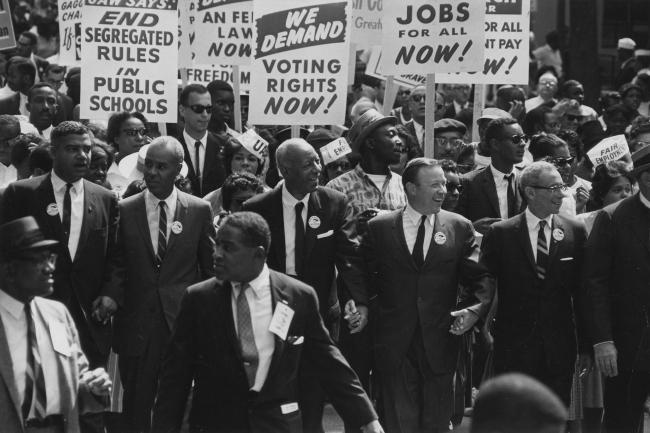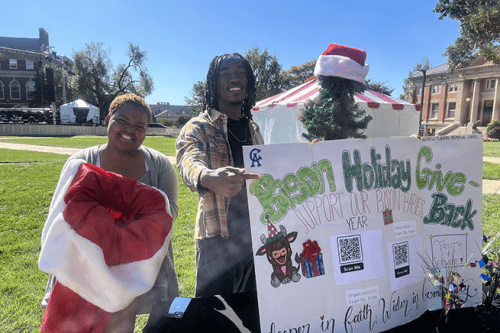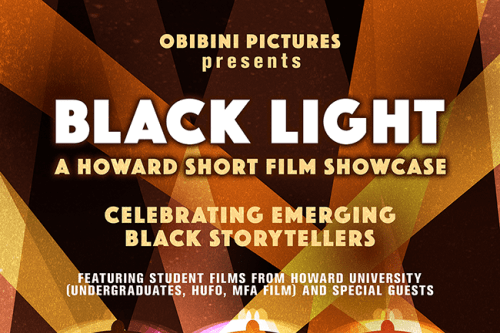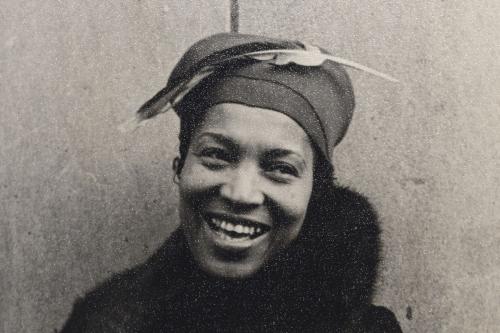Ken Howard (B.A. ’67) was an entering freshman at Howard University when he attended the March on Washington for Jobs and Freedom in 1963. He recounted his experience to Smithsonian Magazine of joining the massive crowd in 83-degree muggy heat, and the significance of each moment in history that led to it.
“The March on Washington symbolized a rising up, if you will, of people who were saying enough is enough,” Howard said. “Only in retrospect do you see just how each little piece enabled a building to be built. Who would have thought a minister from a small Black church in Atlanta would have a monument on the Mall? You wouldn’t think a minister from a small Black church would be a “drum major” in a movement helping a people gain their rights as citizens. It’s only from the mountaintop of time that you see that it all made a difference. Each individual thing played a role.”
As executive director of the Thurgood Marshall Civil Rights Center, Justin Hansford (B.A. ’03) is no stranger to the history of the march. He sees the 60th anniversary not as a one-off event, but as a continuation of the original march’s legacy.
“In recognition of the 60th anniversary of the March on Washington, we have the chance to honor our parents and grandparents who stood united for justice, equality, and civil rights, in the face of American apartheid that had violently oppressed our people for hundreds of years,” Hansford says.
Hansford references the most famous speech of the day when discussing the march’s continued relevance. “In particular, Dr. [Martin Luther] King’s ‘I Have a Dream’ speech encapsulated the hopes and dreams of a generation, and continues to resonate today,” he says. “His concept of a promissory note that came back marked insufficient funds is an apt metaphor for the reparations movement that I believe will be the defining racial justice movement of the next decade.”
We’re dealing with the same core issues in just a modern way.”
With the 2024 elections around the corner, people are returning to the March on Washington to advocate for other areas of justice: voting rights, climate change, LGBTQ+ representation, affirmative action, healthcare, abortion, and more.
Howard’s NAACP collegiate chapter president Jasmine Rivera and vice president Saiida Webb reflected on the organization’s influence in the March on Washington. Roy Wilkins, the NAACP’s executive director and executive secretary, served as one of the March on Washington’s coordinators and leaders. He also spoke at the rally.
The student leaders mentioned the March on Washington’s success in bringing issues of the 1960s to the forefront, but also recognized the current state for Black people in America. It proposes the bleak question: Have issues of the March on Washington been solved, or have they been modernized into today’s fight for democracy and equality?
“We have barriers to the goals...barriers in education, just things that are just manifesting in new ways, but they are the same things and ideals that we have to fight against,” Rivera says. “The barriers change but there’s still hurdles that we as Black people are jumping over in pretty much every area of life: housing, education, everything.”
Webb adds: “Compared to back then, now we’re dealing with disenfranchisement, dealing with rapid increase of violence against Black women and Black trans women. We’re dealing with the same core issues in just a modern way.”
With plans to participate in this year’s commemorative march, they took pride in their role of continuing the tradition of Howard participating in civil rights demonstrations.
“I was really happy to see people at Howard attending the March on Washington because, back then and now, young people are always the face of the movement,” Rivera says. “We’re always the loudest voices and the strongest voices. We have the energy and I hope [students] are able to keep fighting because it’s not over.”
Hansford agrees. “The march and the ‘I Have a Dream’ speech lives on as a call to action, urging us to continue the fight for a more just and equitable world.”





